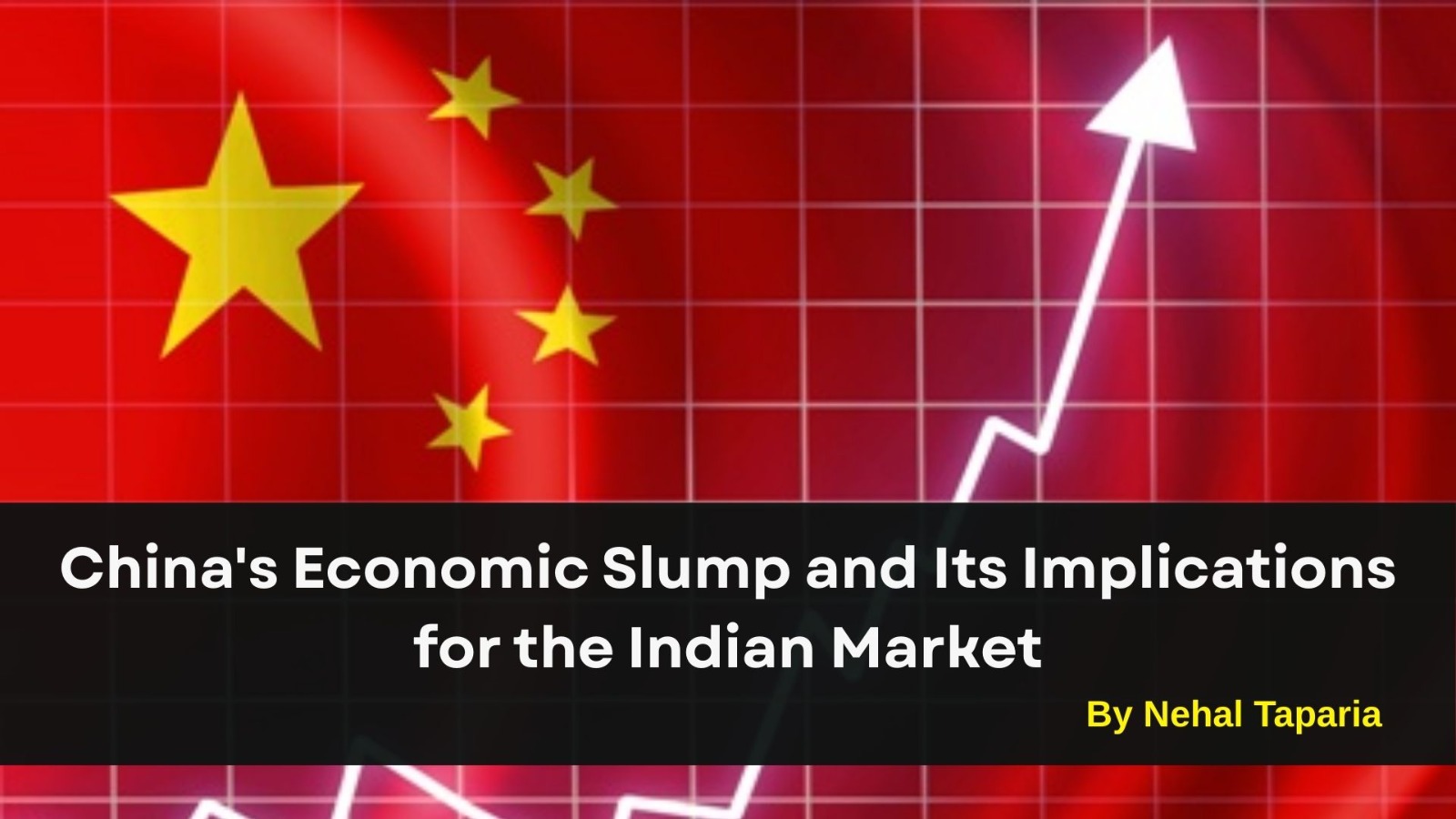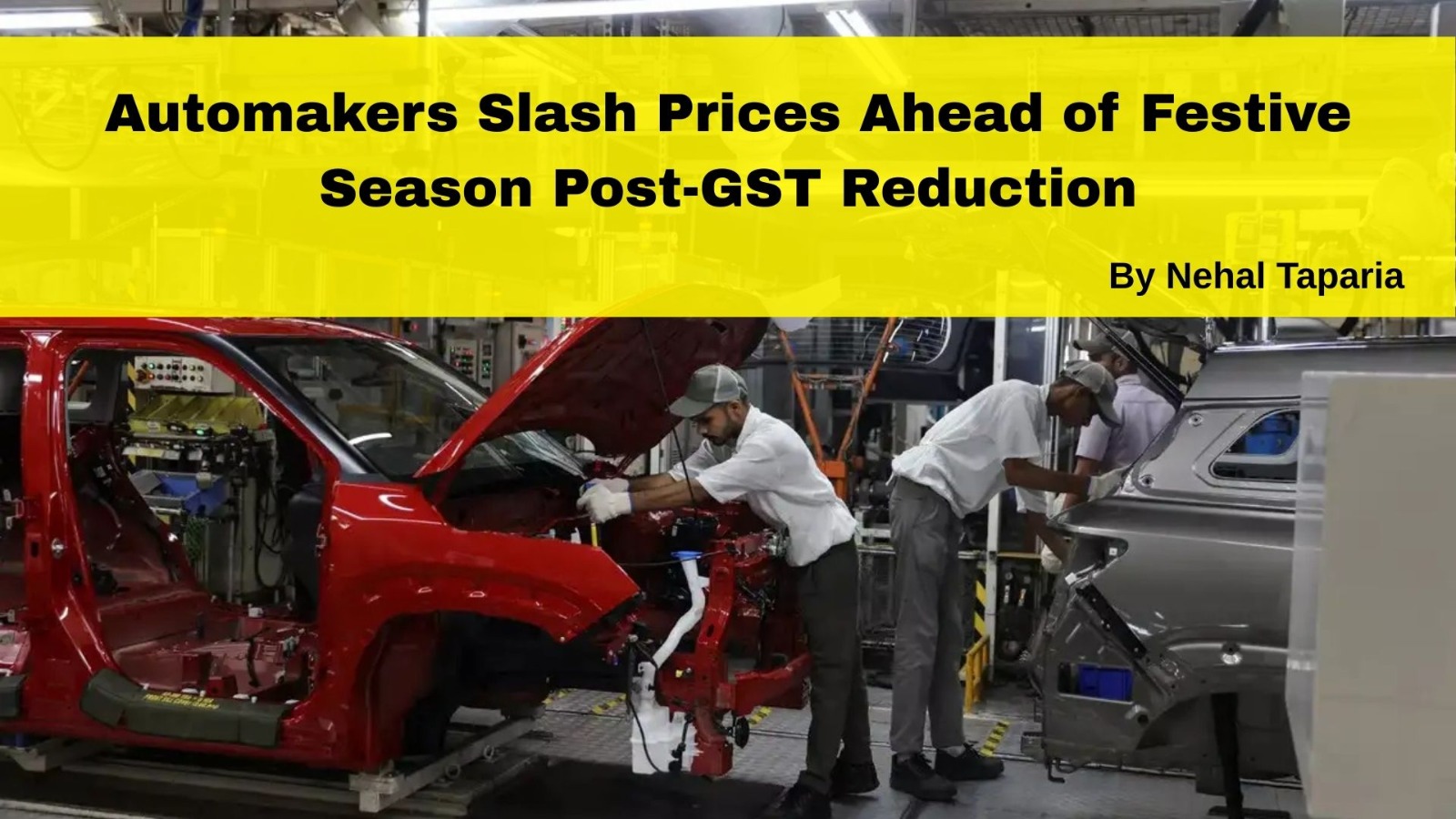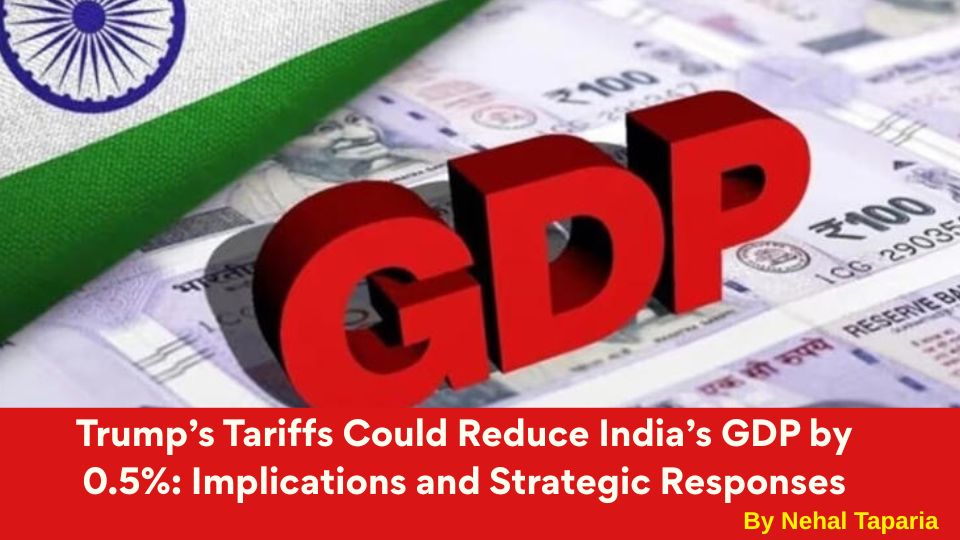GST Collections Rise 6.5% in August — A Sign of Steady Economic Momentum
.jpg)
GST Collections Rise 6.5% in August — A Sign of Steady Economic Momentum
India's Goods and Services Tax (GST) collections in August totaled ₹1.86 lakh crore, up 6.5% year-on-year, underscoring sustained economic activity and persistent compliance even amid broader global uncertainties , .
What’s Driving the Collections
Consistent Recovery: Following a record-breaking April ₹2.37 lakh crore, up ~12.6%, growth has normalized. August’s growth, albeit slower, continues an eight-month streak of collection above ₹1.8 lakh crore .
Evolving Demand Trends: Earlier months saw high impulse from import-driven IGST and strong consumer demand, though August reflects moderation that aligns with broader high-frequency indicators , .
GST Reforms in the Offing: The government is considering "GST 2.0", simplifying the current four-slab structure into two slabs. Analysts say this could further ease compliance but may dampen revenue growth.
Impact on Indian Markets & Economy
1. Fiscal Health & Planning
Strong GST collections provide the government with stable revenue, crucial for funding capital expenditure and welfare schemes.
Slower growth in GST, however, may require cautious budget adjustments if reforms are enacted that lower effective tax rates.
2. Consumer Sector & Market Sentiment
A steady GST trend implies robust consumer spending—positive for FMCG, retail, and e-commerce sectors.
Simpler GST structures could reduce compliance costs for businesses, potentially boosting margins and operating confidence.
3. Policy Reforms and Growth Trade-offs
The proposed two-slab GST structure is expected to incentivize consumption, with SBI estimating a potential boost of ₹1.98 lakh crore—but at the cost of ₹85,000 crore in annual revenue.
UBS sees a larger potential revenue loss—₹1.1 trillion annually around 0.3% of GDP—though consider it manageable for fiscal stability .
4. Investor Confidence
Consistency in GST collections builds investor confidence by signaling resilient domestic demand.
Policy clarity—especially around GST restructuring—will be key to maintaining optimism in equity and bond markets.
Summary Table
Factor Market/Economic Implication
GST at ₹1.86 lakh crore Indicates continued economic activity and demand
Moderated Growth 6.5% Slower momentum suggests normalization post peak
GST 2.0 Reform Prospective Could boost consumption but pose revenue risk
Investor Confidence Stability in tax collections supports market optimism
Fiscal Planning Balances room for expenditure with caution on reforms
By Nehal Taparia
This content is for educational and knowledge purposes only and should not be considered as investment or Trading advice. Please consult a certified financial advisor before making any investment or Trading decisions.
Our Recent FAQS
Frequently Asked Question &
Answers Here
Q1: How significant is the 6.5% YoY growth?
It reflects continued economic momentum, although growth is tapering from double-digit highs seen earlier in FY26, such as April’s ~12.6% increase.
Q2: Why did GST growth slow compared to previous months?
Q3: What is “GST 2.0,” and how does it affect collections?
Q4: How does GST collection strength impact consumer sectors?
Q5: Will these trends influence government fiscal strategy?
Q6: What’s next—festival season or policy outlook?
Copyright © By Empirical F&M Academy. Design & Developed by Techno Duniya

.jpeg)
.jpeg)
.jpeg)

.jpeg)




